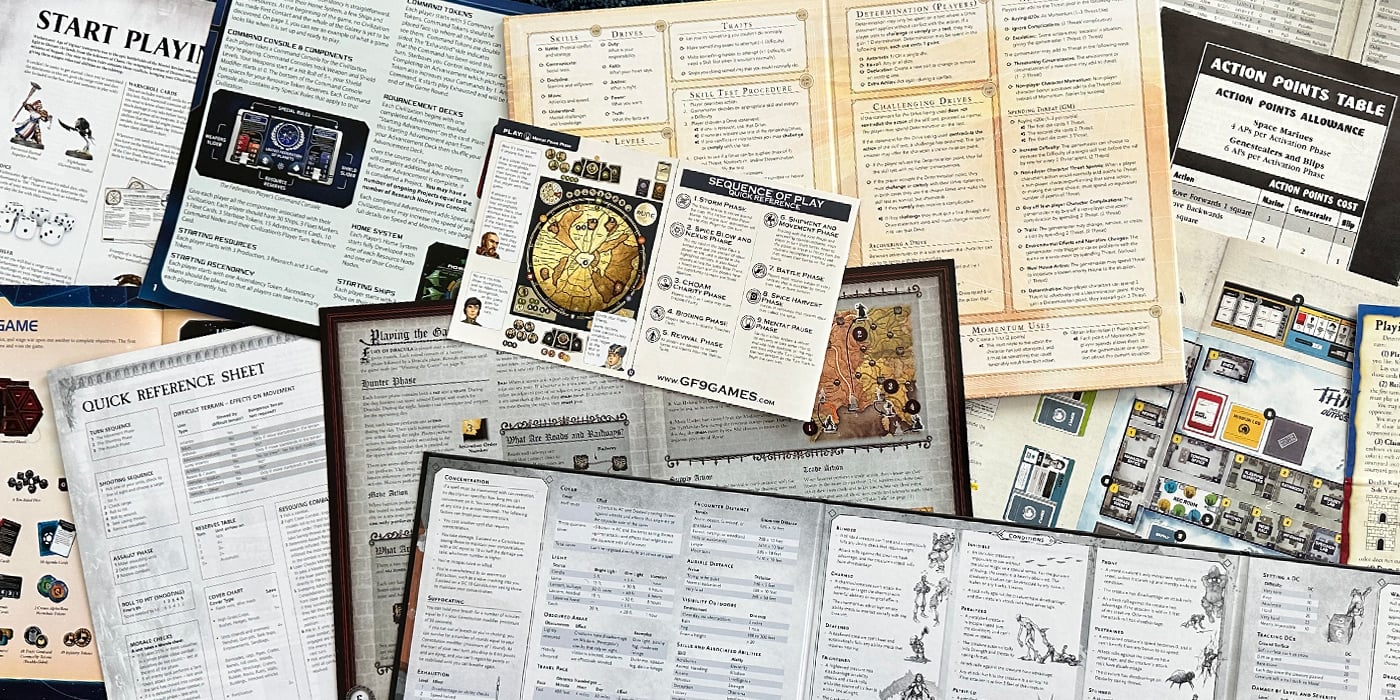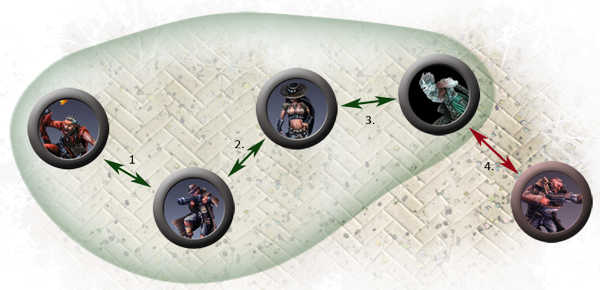Malifaux 101: Companion

Hi everyone and welcome to the next installment of Malifaux 101. This time we shall be looking at the Companion mechanism, it’s uses especially in Mss Companion Chains and Alpha strikes, I will be mostly using the Ortega Family companion chain as my key examples, but I will be looking at Master and Totem interactions amongst others.
What is Companion?
Companion is one of the most important interactions in the game of Malifaux, normally you alternate activation of models, Companion breaks that activation and allows you to activate multiple models at the same time, quite often this is more often done at the start of the turn as an Alpha Strike. You have to declare this at the start of your activation before you take any other actions.
A model can companion if 2 models are within 6″, and if one of the models has the trait Companion with the other model by name or characteristic, for example if you were activating Perdita and Nino Ortega together, because they have the Companion Family trait they can Companion activate with any model with the Family Characteristic. You can use this to chain your activations, but I will look at that in more detail in the Family section below.
Master and Totem
This is the most common form of Companion, one single model activating with another single model. Totems have the Companion (Master) trait, this means that they can activate together, I don’t often tend to do this myself unless the situation requires it, often I tend to do this with C.Hoffman so the totem (Mobile Toolkit) can activate and push into base to base with Hoffman if necessary to give him a Ca boost for his activation, as well as a damage boost to spells like (1) Open Circuit.
But there are other interactions that show the usefulness of Companion (Master), such as Lilith and a Primordial Magic, the Primordial Magic can use Transposition to move Lilith into melee where she can use her (2) Whirling Death to hit every model within 2″, then use her own Transposition to get out of melee, or in the case of Nicodem, his Vultures can activate and move to a good positon and use (1) Eyes and Ears so that Nicodem can cast spells through them in order to remain protected from direct line of sight to his enemies as he can be quite squishy unless he is surrounded by Mindless Zombies.
Family
This on the other hand is the most common time of multi-model companion chain. As long as multiple models with the Companion (Family) trait are within 6″ of each other then every model can activate along that chain. The Family refers to the Ortega Family, these are Perdita, Santiago, Francisco, Nino, Abuela and Papa Loco, they all have the Family trait as well as Companion (Family).
As you can see from the image below which comes from the Rules Manual available as a download here. This shows how this chain can work.
1. Papa Loco is within 6″ of Nino Ortega, as both have the Companion (Family) trait they can activate together.
2. Nino Ortega is within 6″ of Perdita Ortega, as both have the Companion (Family) trait they can activate together.
3. The Enslaved Nephilim is within 6″ of Perdita Ortega and as he has the Companion (Perdita Ortega) trait he can activate as part of this chain.
4. Santiago Ortega is within 6″ of the Enslaved Nephilim, but not within 6″ of Perdita, as the Nephilim doesn’t have the Family trait, he cannot activate as part of this chain.
Alpha Strikes
Alpha Strikes are the most common use for companion, especially the massed companion chains that can be formed in the game.
In my experience this is often used to perform a specific task such as killing a particular model(s) before they can activate or for achieving a specific objective for Strategies and Schemes such as Activating/Deactivating Dynamite in a Line in the Sand, getting the Treasure counter to your deployment zone in Treasure Hunt, in order to deny it to your opponent.
More Malifaux soon folks!






